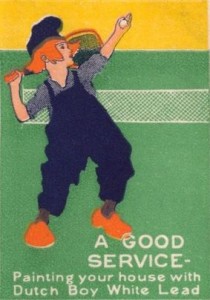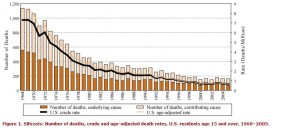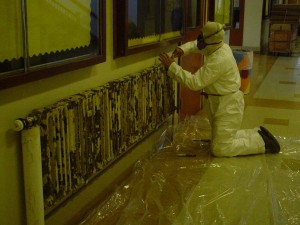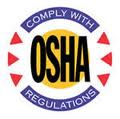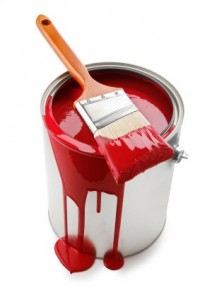Mon 3 Dec 2012
Why I’m excited about the new GHS rules
Posted by admin under ACGIH, Federal OSHA, GHS, industrial hygienist, Management, Misc, MSDS, OSHA, PEL (Perm Exp Limit), Risk, SDS
Comments Off on Why I’m excited about the new GHS rules
The new global harmonization system (GHS) is officially adopted by OSHA. Each state run program is rolling out their acceptance of the new changes. Where I live, we have until December 2013 to train employees in this new type of hazard communication.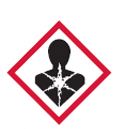
Honestly, I’m NOT too EXCITED about it. But, I’m trying to have a good attitude. Below are some good things which may occur:
- Raise the level of awareness of hazardous materials & their toxicity
- Train employees (hopefully, retrain) on how to handle chemicals
- More training = less citations. (?)Â OSHA’s top ten citations include #3 – hazard communication. Maybe people will actually do the training?! (my guess is that there will be more citations)
- Consistent information worldwide. Â All UN countries should have the same format. (this might take years)
- Proprietary information will be more visible on the SDS. In the new rules, manufacturers are required to list the % of their proprietary ingredients.
- Pictograms! They’re so cool. My favorite is the exploding person.
- Maybe this is my favorite?!: Manufacturers will have to look again at their products and classify them according to the physical & health criteria. Nowadays with more relevant information from worldwide occupational exposure limits, it might help make employers aware of the hazards.
- This might help OSHA enforce newer exposure limits (other than the 1978 AGCIH TLVs).
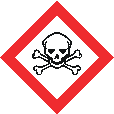
How do you plan on training your employees? If you need help, contact me here.
